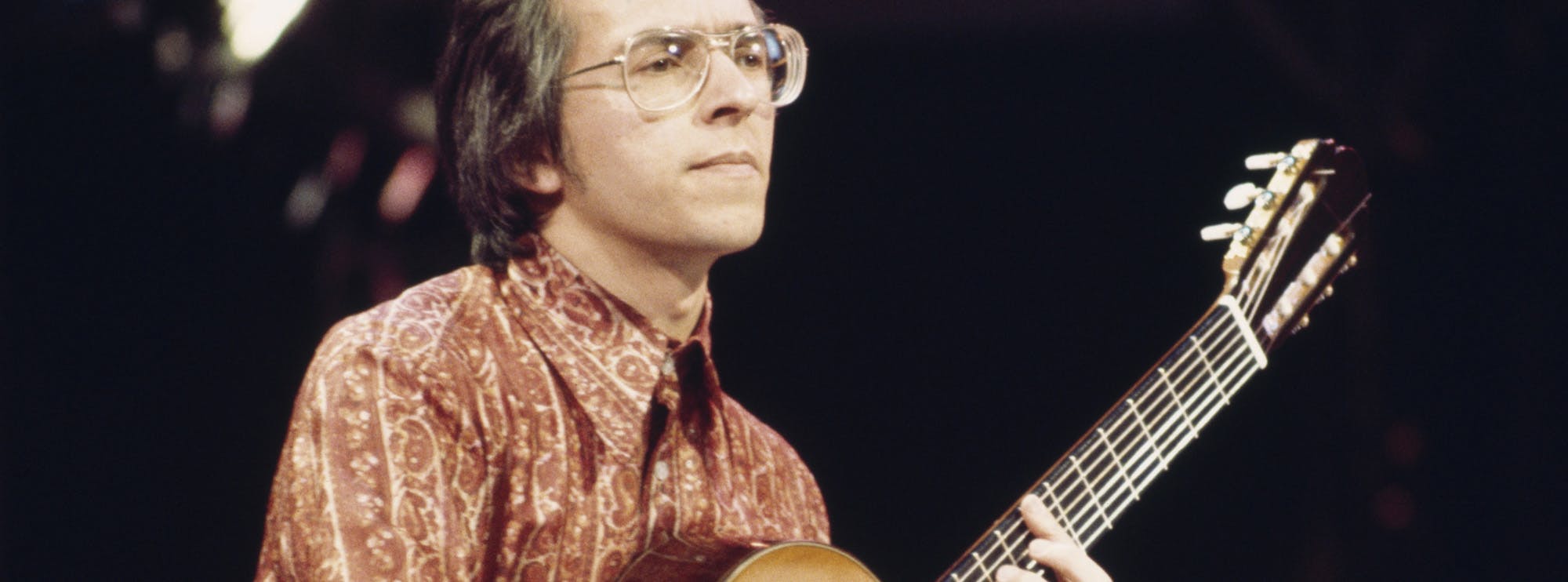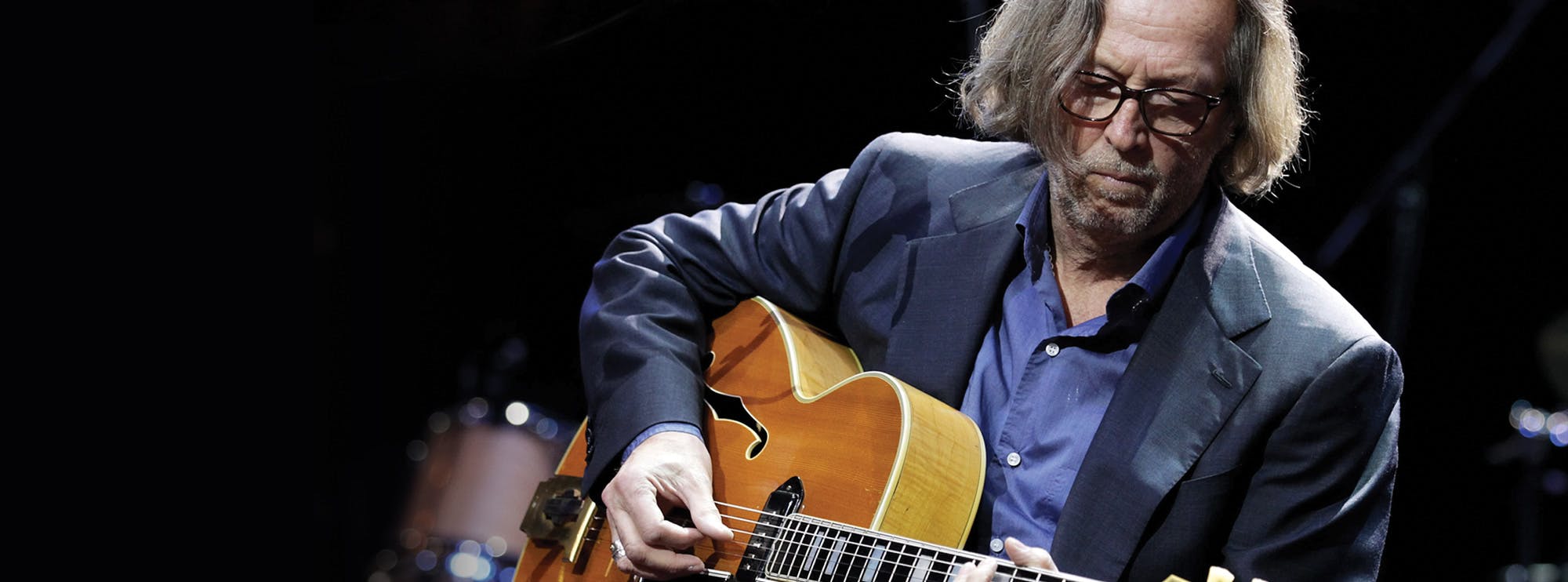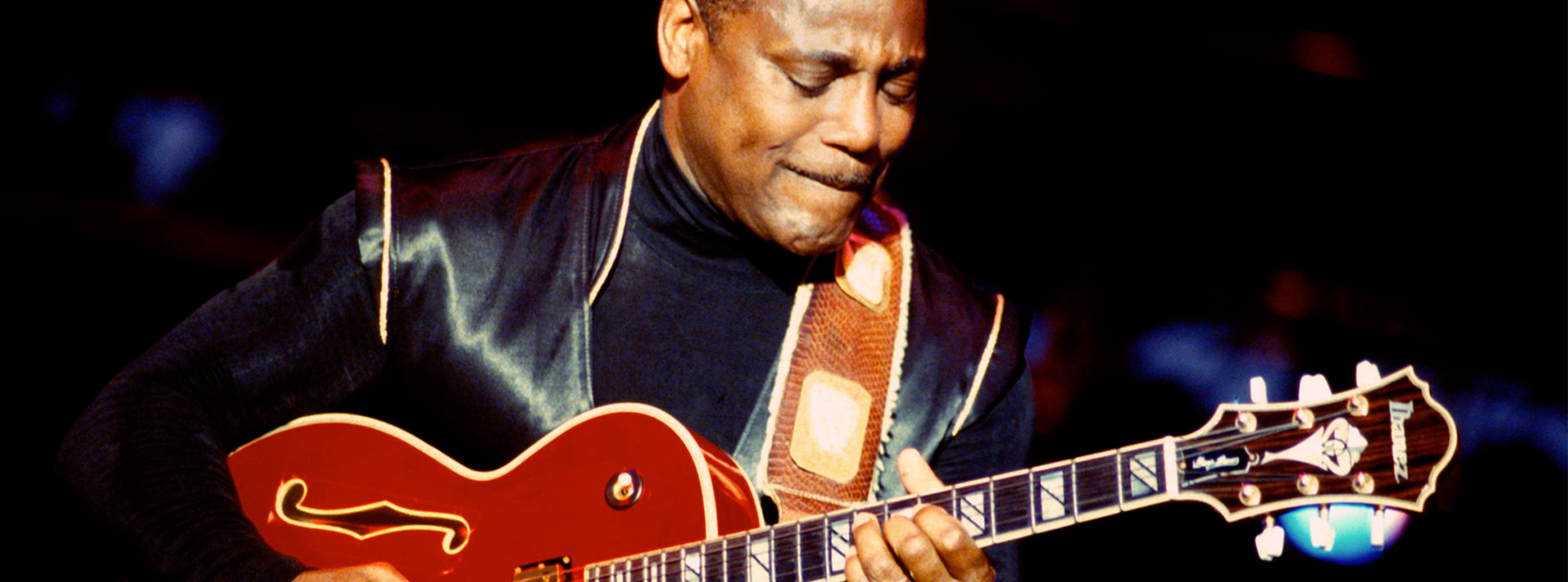Def Leppard was about to start recording their first EP when Kenning left and although a stand-in drummer appeared on the EP it wasn’t too long before 15-year-old Rick Allen joined the band. Def Leppard would become one of the driving forces in the “New Wave of British Heavy Metal” movement, alone with the likes of Judas Priest and Iron Maiden.
Def Leppard released their debut album 'On Through The Night' in 1980, and although this album scored high in the UK charts the British rock fans turned on them, accusing them of “selling out” and appealing to the American market.Legendary producer Mutt Lange joined forces with the band for their second album 'High and Dry' and began to shape their polished and produced sound. The single “Bringing on the Heartbreak” was a heavily featured video on MTV.1982 saw them once again team up with producer Mutt Lange for their third album 'Pyromania.' During this time, founder member/guitarist Pete Willis was fired from the band due to his excessive alcohol consumption during the sessions. Willis was replaced by ex “Girl” guitarist Phil Collen.'Pyromania' was a breakthrough success for the band, and with such stand out tracks as “Photograph”, “Rock of Ages” and “Foolin” on heavy MTV rotation, Def Leppard quickly became a household name. They went from an opening act to a stadium filling headline act and with their new polished commercial rock sound 'Pyromania' was selling 100,000 copies a week, selling over ten million copies in the US.
Def Leppard’s polished and produced sound is legendary, and still revered to this day. The recording of 'Hysteria' was groundbreaking, with Mutt’s signature layered programmed drum sample sound, as well as the pioneering use of samplers triggering drum loops and chopped vocal pads.
Jamie Humphries
For our Def Leppard style guitar lesson Tech Session track I’ve looked at the 80’s rock guitar riffs and chord progressions typical of the 'Hysteria' period and the magical guitar playing style of Phil Collen and Steve Clark. I’ve used such top Def Leppard songs as “Run Riot”, “Animal”, “Gods of War” and “Love Bites” as my source of inspiration.
Bars 1-5:
Introduce our track with an eighth note chord arpeggio figure that outlines the accompanying chords. This figure is based in an idea heard in “Run Riot”, and makes use of a half time feel, which is a greet tool for adding impact and variation with the main verse groove. This section should be performed with distorted driven tone.
Bars 6-13:
Include the first half of our verse, which is based around a progression in the style of “Animal”. This section uses a clean compressed tone, and includes chord based melodic figure performed against a 1st string drone.
Bars 14-21:
Features a new riff for the second half of the verse, and illustrates an example of how Collen and Clark would use a complimentary riff to outline the chord progression as opposed to performing straight power chords. For this section you should switch to an overdriven tone.
Bars 22-31:
Introduce our chorus progression, which includes a melodic chord sequence that outlines the accompanying chords of D5, A5 and E5 with two string partial chords. This really adds width and texture to the progression, and a contrast to the accompanying rhythm guitar part.
Bars 32-47:
Include out middle section, and here I have used “Love Bites” for inspiration in both feel, groove and harmony. For this section you should use a clean, compressed tone with plenty of chorus and delay fore that classic 80’s ballad feel. The progression includes the chords of Dm7, A majadd9, B7sus4, F#madd9 and G#m7, performed with sparse chord arpeggios.
Bars 48-51:
See us switch to a distorted tone for a riff inspired by “Gods of War”. This riff makes use of a chord arpeggio figure that outlines the accented power chords of C#5, A5, B5 and E5. This figure attempts to show Steve Clarks unique angular riff composition and is a great example of the duos guitar orchestration.
Bars 52-55:
Kick off our solo, and we are back to our verse progression. This section kicks off with a Phil Collen inspired melodic figure that makes great use of chord tones for a strong harmonic connection, as well as a pinched harmonic whammy bar dive.
Bars 56-58:
Includes a Steve Clark descending pedal tone figure, similar to a lick heard in “Armageddon It” which pedals off of the open 1st string. This figure concludes with some melodic double stops.
Bars 59-60:
Conclude our solo with some Phil Collen pyrotechnics, and feature a fast sixteenth note triplet scalar picking line based around the A major scale using a three note per string figure. We conclude with a high register accented A5 chord.
Getting The Sound
When it comes to tone Phil Collen has had a long association with Jackson guitars, but primarily used a 1978 Fender Strat named “Felix” fitted with DiMarzio pickups for the majority of “Hysteria”, Steve Clark used a mixture of Fender and Gibson guitars, but was most famous for using a three pickup Les Paul fitted with Floyd. Both guitarists uses a wide variety of amps including Marshall and Randall, although much of 'Hysteria' was recorded with the Rockman and a Gallien-Kruger for feedback. For this session I used my custom built Mahogany body Music Man Axis Super Sport fitted with a DiMarzio Satch Track in the bridge and Injector single coil pickups in the middle and neck position. All the guitar tones were courtesy of the Line 6 Helix Native Plugin.
The pressure was on during the start of work on their fourth album, 'Hysteria,' and with Mutt pulling out of the producer roll and Jim Steinman being enlisted, the album got off to a shaky start. It was during this period that drummer Rick Allen was involved in a near fatal car accident resulting in him loosing his left arm. With the support and encouragement of the band Allen went on to develop a unique approach to drumming, utilising a specially developed electronic drum kit, using his feet to replace what he would have performed with his left arm. Allen made a monumental return to the stage at the 1986 “Monsters of Rock” festival. Following a painstaking three years in the making “Hysteria” was released in 1987 and went on to sell a staggering 25 million copies, and spawned seven hit chart singles. The album's huge sound was down to Mutt Lange’s attention to detail, and comprised of catching melodic radio-friendly pop/rock songs. Stand out tracks include “Animal”, “Pour Some Sugar On Me”, “Love Bites”, “Hysteria” and “Gods of War”. Mutt Lange’s goal with the album was to produce a hard rock version of Michael Jackson’s “Thriller”.
Following the gruelling touring schedule of “Hysteria” the band went straight back into the studio to begin working on their follow up. The pressure was becoming too high for guitarist Steve Clark whose addictions were spiralling out of control. Clark was given a six-month break, but tragically never returned to the band due to his untimely death due to prescription drugs and excessive alcohol.
The band decided to continue as a four-piece and entered into the studio to record their fifth studio album 'Adrenalize' with Collen performing both his own parts and Clark’s demoed parts. This album reached number #1 in the UK album charts, with the single “Let’s Get Rocked” becoming an instant hit, but the album failed to reproduce the success of its predecessor. Def Leppard began looking for a replacement guitarist following Clark’s passing, and settled on ex- Dio ex-Whitesnake guitarist Vivian Campbell, who made his debut at the Freddie Mercury tribute concert in 1992.
Def Leppard like many suffered from changes in musical trends with their popularity waning during the 90s and saw the band experiment with several different styles from alternative to pop. 2015 saw them return to form with the release of their self-titled 'Def Leppard' album, with them embracing their old sound with a modern twist.
2018 saw Def Leppard receive and induction nomination to the Rock & Roll Hall of Fame. Def Leppard have overcome many hardships, and have continued to battle on through what would seem to many impossible situations. On top of this, they are without a doubt one of the biggest bands to come out of the UK, and have been responsible for some of the biggest rock hits in the past 30 years.
Def Leppard’s polished and produced sound is legendary, and still revered to this day. The recording of 'Hysteria' was groundbreaking, with Mutt’s signature layered programmed drum sample sound, as well as the pioneering use of samplers triggering drum loops and chopped vocal pads. The songwriting was textbook, with hook after hook, memorable melodies and infectious sing-along choruses. Songs like “Animal”, “Armageddon It” and “Pour Some Sugar on Me” are great examples of these anthemic songs. The guitars played an integral roll in the sound of the band, and pretty much changed how people approached rock riffs. Instead of the predictable power chords, Collen and Clark would orchestrate their guitar parts, often splitting chord voicings between the two guitars, as well as constructing complimentary lines that would form one huge riff. The guitars were immaculately recorded, and in some instances they would record chord at a time to get a ultra clean tight sound. Whilst Clark was known for his bottomless bag of riffs, his lead style was more rough and ready, while Collen executed more schooled and clean picking chops.
About The Tutor
Tutor Profile
Jamie Humphries
Jamie is one of the mainstays of LickLibrary, having a stream of hugely successful best selling DVDs, Jamie is best known as Brian May's sideman who he's played shows with all over the world. Aside from this Jamie is a hugely popular clinician working all over the world with Ernie...



